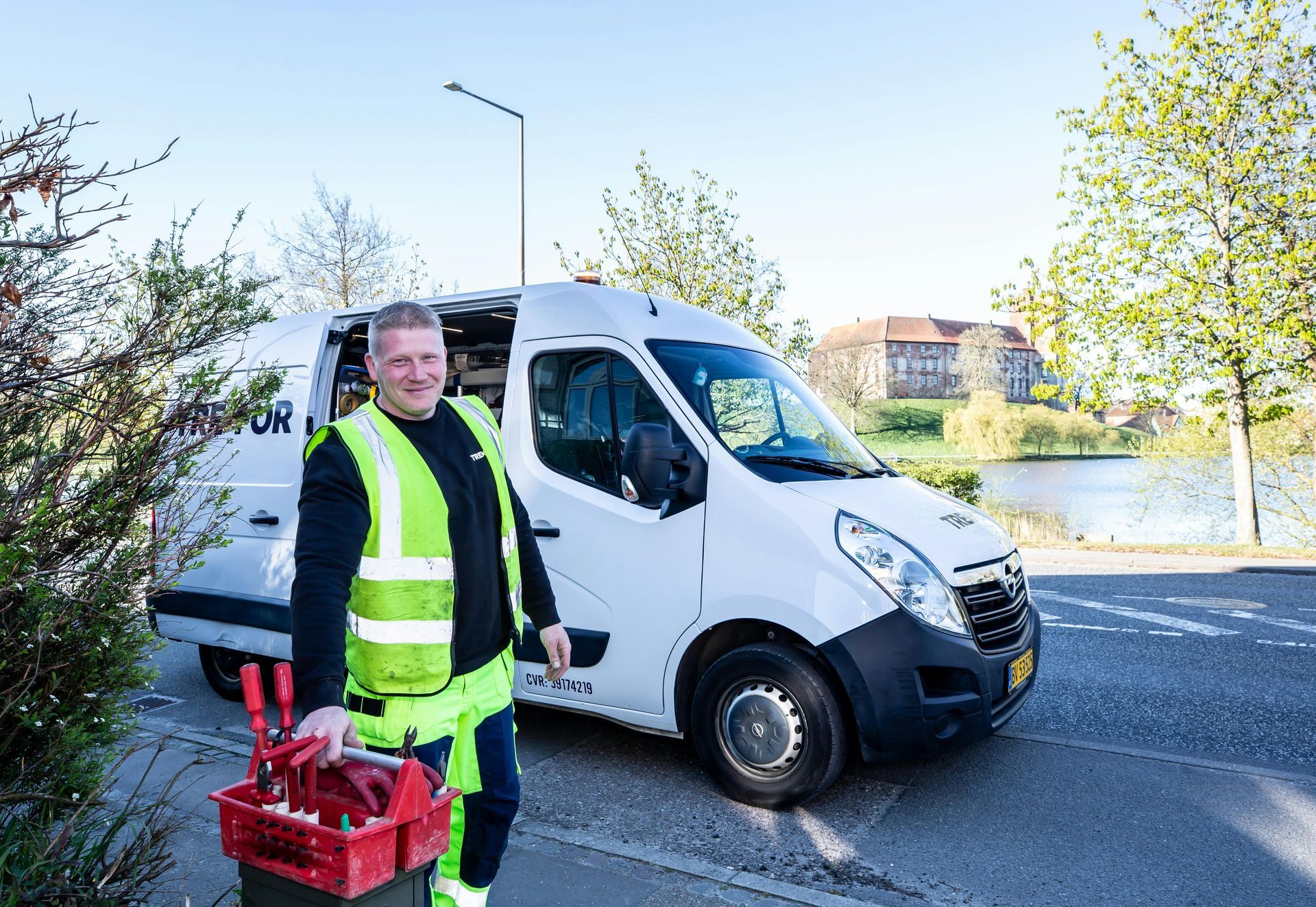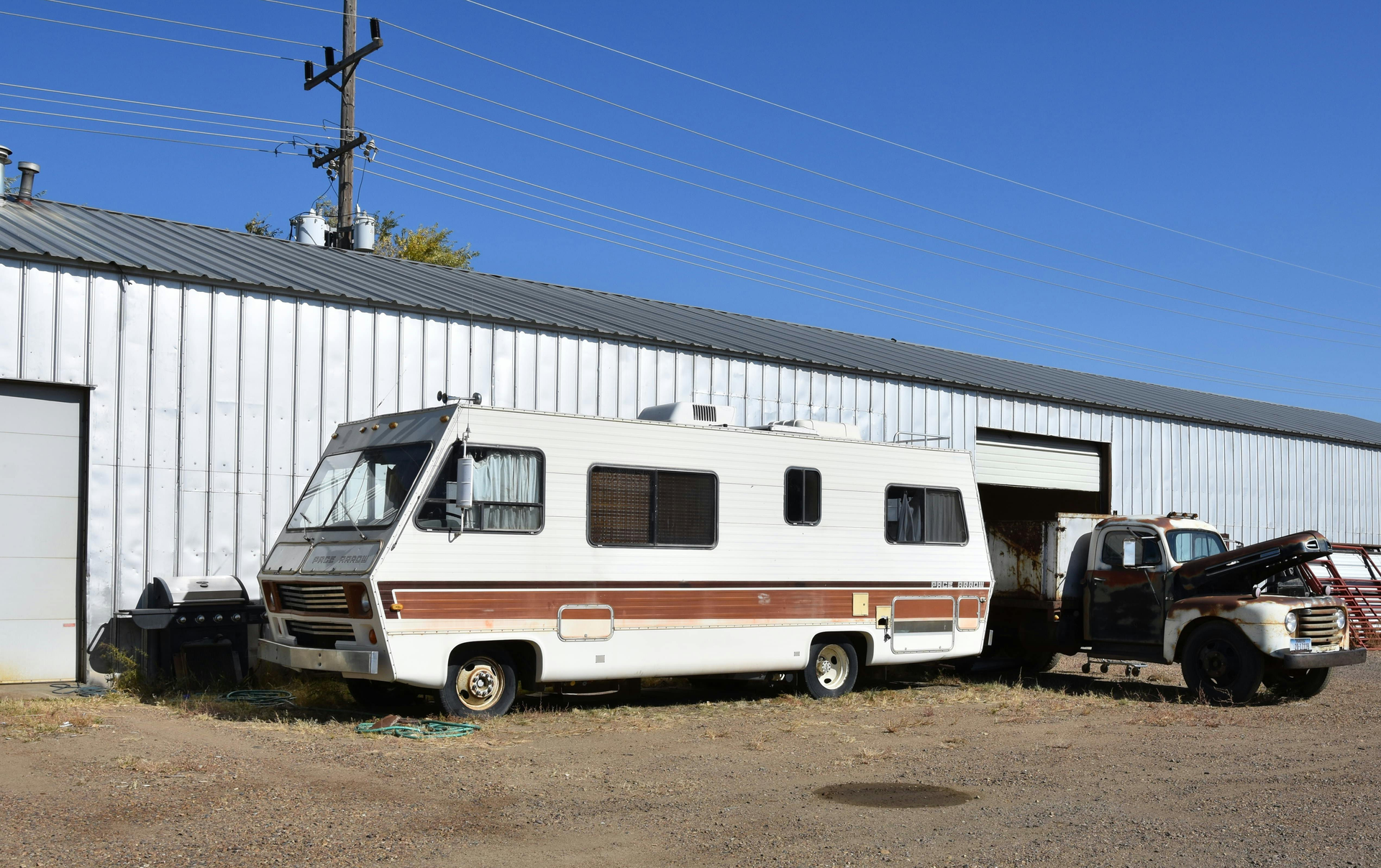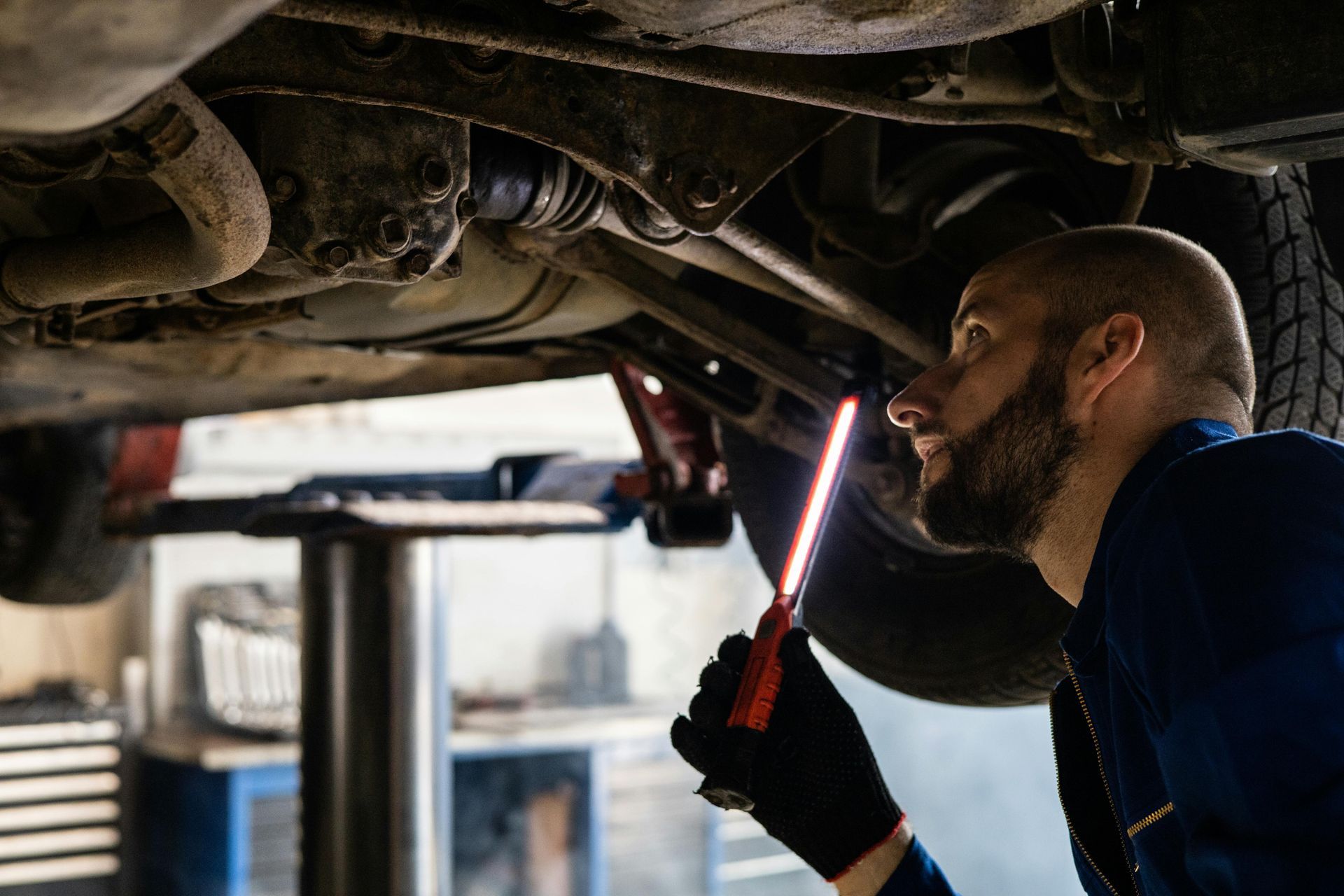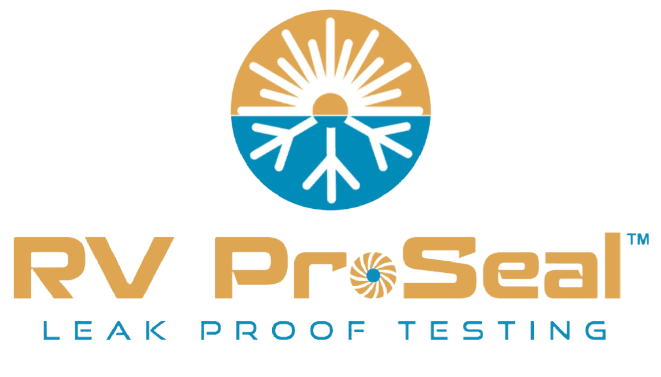The Four Biggest Mistakes RV Owners Make Trying to Prevent Rain Leaks.
Saving RV Owners Thousands in Water Damage
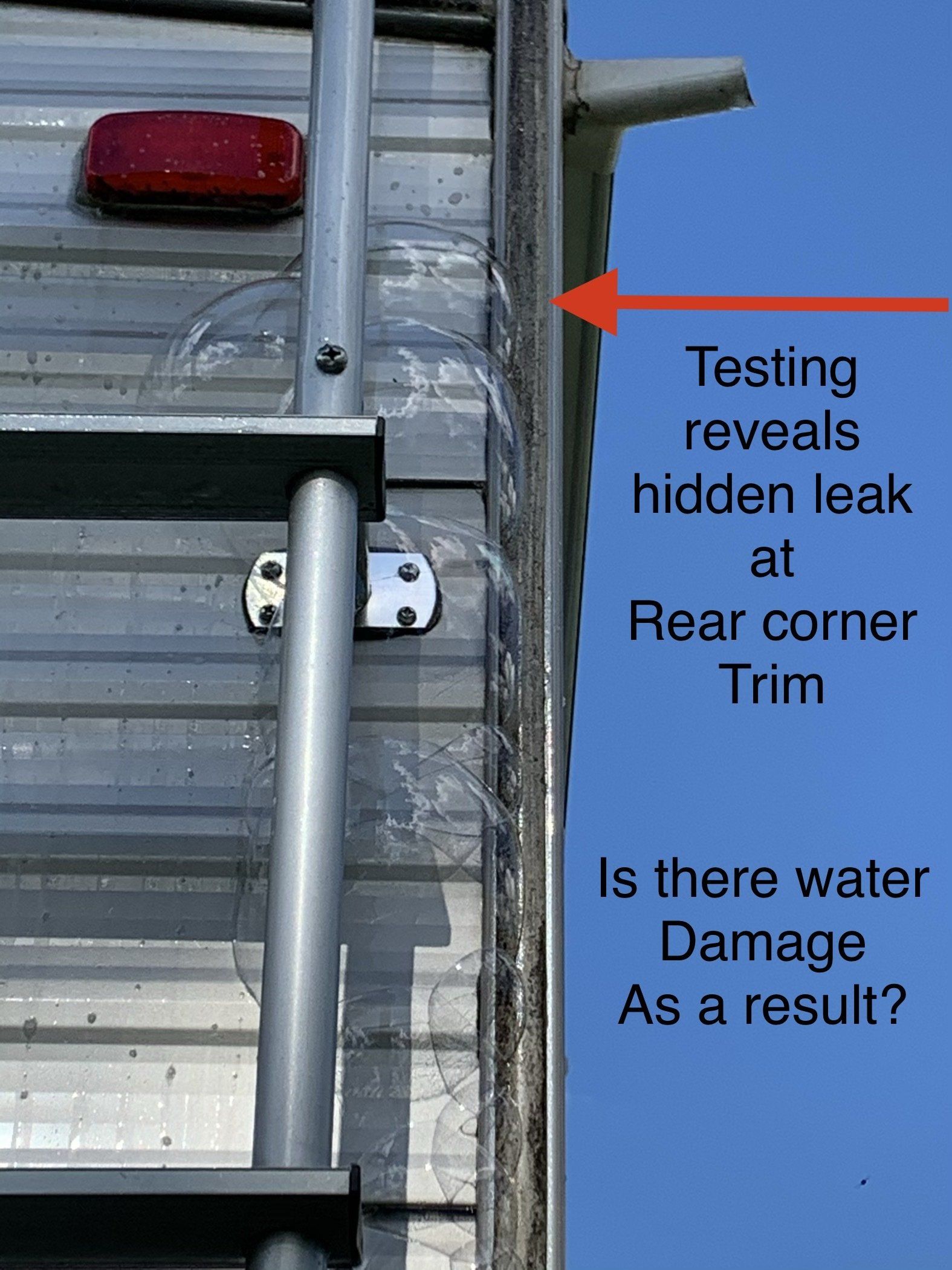
The number one mistake is looking for signs in the interior of the RV and not doing regular exterior leak testing inspections.
Don't wait for signs of a leak inside your RV, assuming the leak just started. Industry experts looking for such signs of water leaks are called a water damage inspection. Water damage is ultimately what every owner is trying to prevent.
Waiting for visible signs of a leak aka, water damage, leaves owners with a nightmare of limited repair services, expensive remedies and the risk of losing insurance coverage if you put in a claim. The old saying holds true, "An ounce of prevention is worth a pound of cure."
Unfortunately, many sources tell owners to watch for brown staining marks, softening floors or walls, ripples in walls or ceilings, and funky smells as leak prevention measures. However, these issues result from high, prolonged moisture, usually caused by an undetected leak. Hidden leaks can be found much earlier using proper, consistent leak prevention measures.
The number two mistake is just performing a quick look-over inspection once or twice a year.
Be honest with yourself. Did you look well, clean the areas first and work each area for various types of seal failures? Too often, we have found failures with seals that look good at first glance. For example, improper preparation before re-caulking sidewalls can result in a good-looking seal with little to no sidewall adhesion. The result is a leak evident on the floor that will be tough to source without the proper inspection equipment and know-how. Inspect and test all areas for adhesion issues, not just gaps, cracks or spits.
The third mistake is not cleaning the sealed areas when visually inspecting them. Dirt and debris will hide cracks and gaps. Therefore, consider your exterior washing and clean-up as part of your inspection process.
When combined with a quick look-over inspection and not cleaning the seals, the fourth mistake is deferring 'proper' exterior seal maintenance. For those new to RVing, many are shocked to learn of the 90-day inspection mandate for roof & seal inspections. Especially those buying brand new, yes, we said brand new. If you purchased a 2019 or newer, we regret to report that we have found the thinnest application of sealant yet. If you can tell that the mounting screws under the lap sealant is a Roberson head, its a very thin application. Hence, new trailers now have a 90 day inspection notice stickers on the trailer from the factory not just in the owners manual. Remember, seals and sealants are classified as maintenance items not covered by warranties or leakage by insurance.
RV Leak prevention experts understand the inherent issues around why and where your RVs are susceptible to leaks. They deploy correct actions that will properly prevent it from leaking longer-term, locate the source and seal the area correctly.
The fastest way to destroy all types of RVs and the owners' pocketbooks is to defer their exterior leak prevention activities. Get peace of mind with a company specializing in RV leak prevention, leak detection and proper waterproofing know-how. You will end up with a clean, professional caulking finish owners desire.
Read our blog about DIY Caulking. Don't make this mistake!
You might also like
